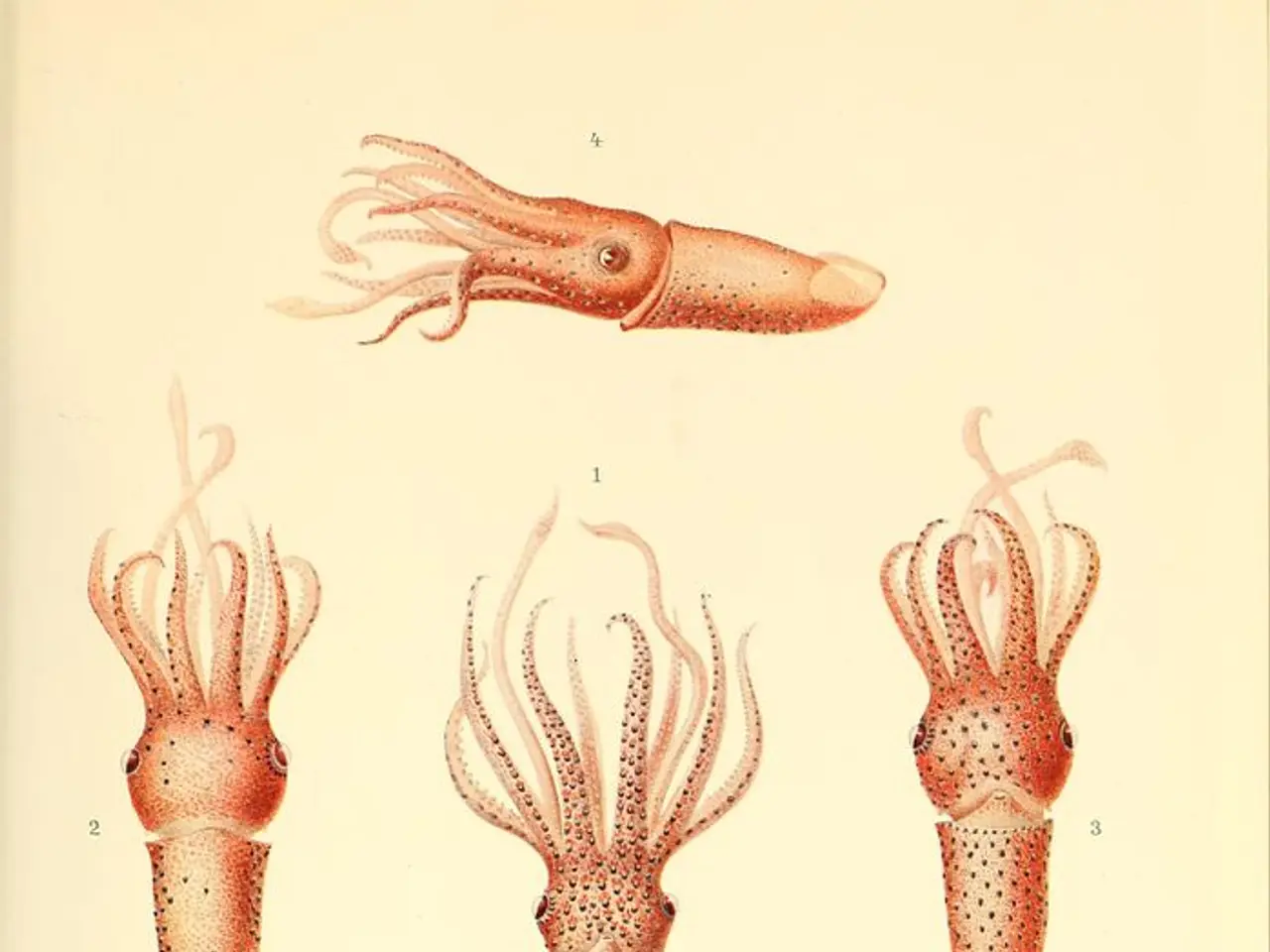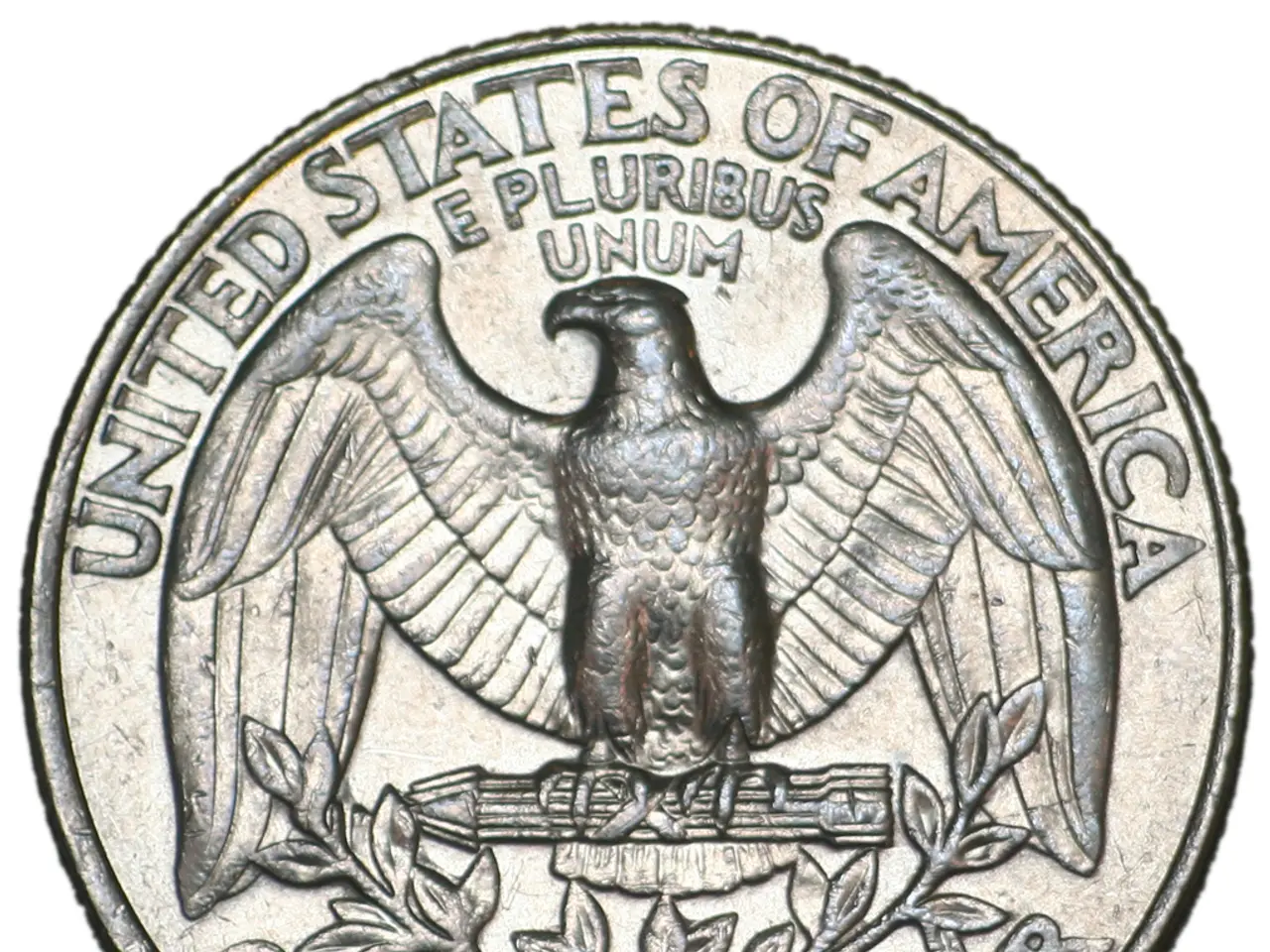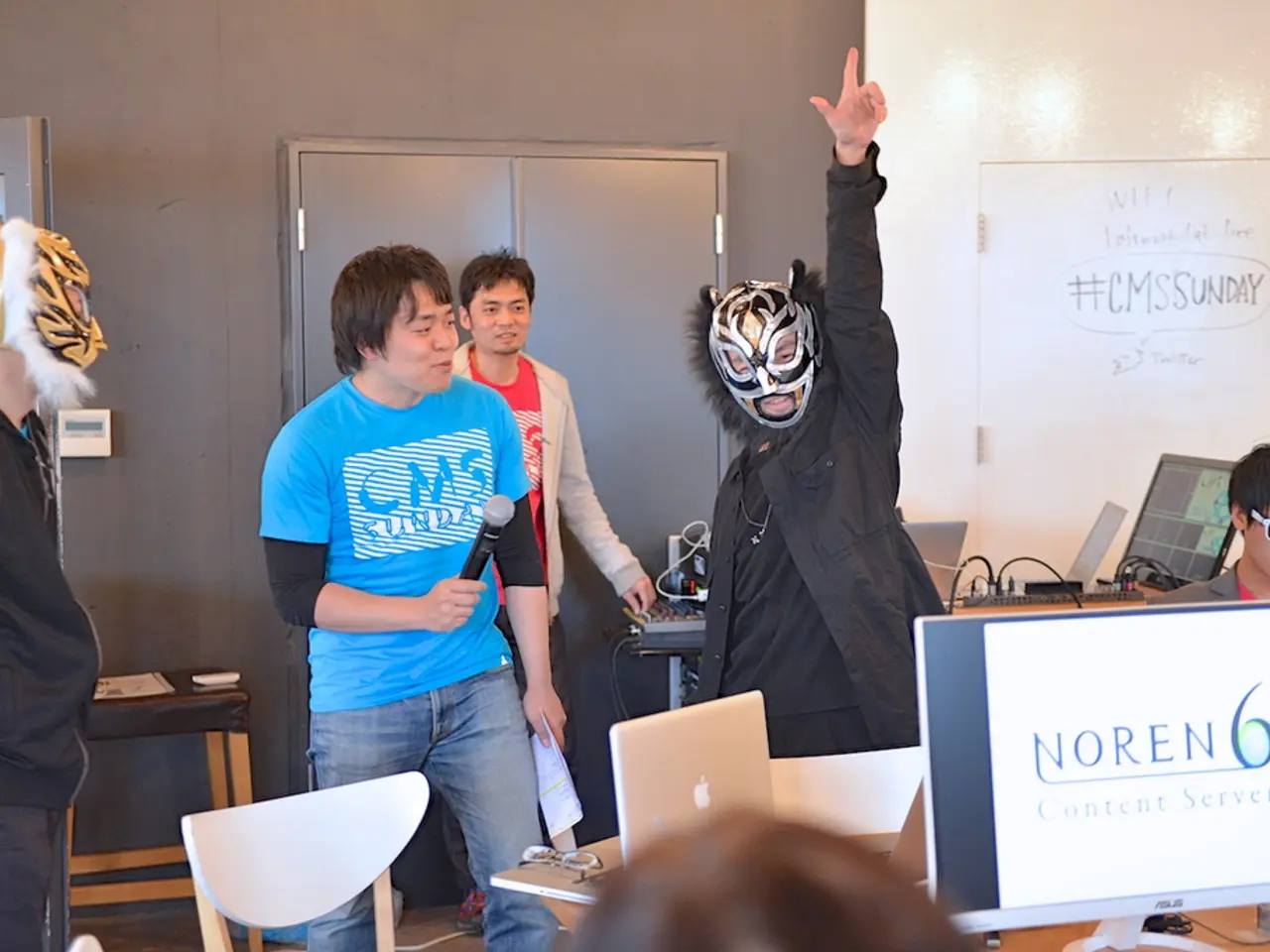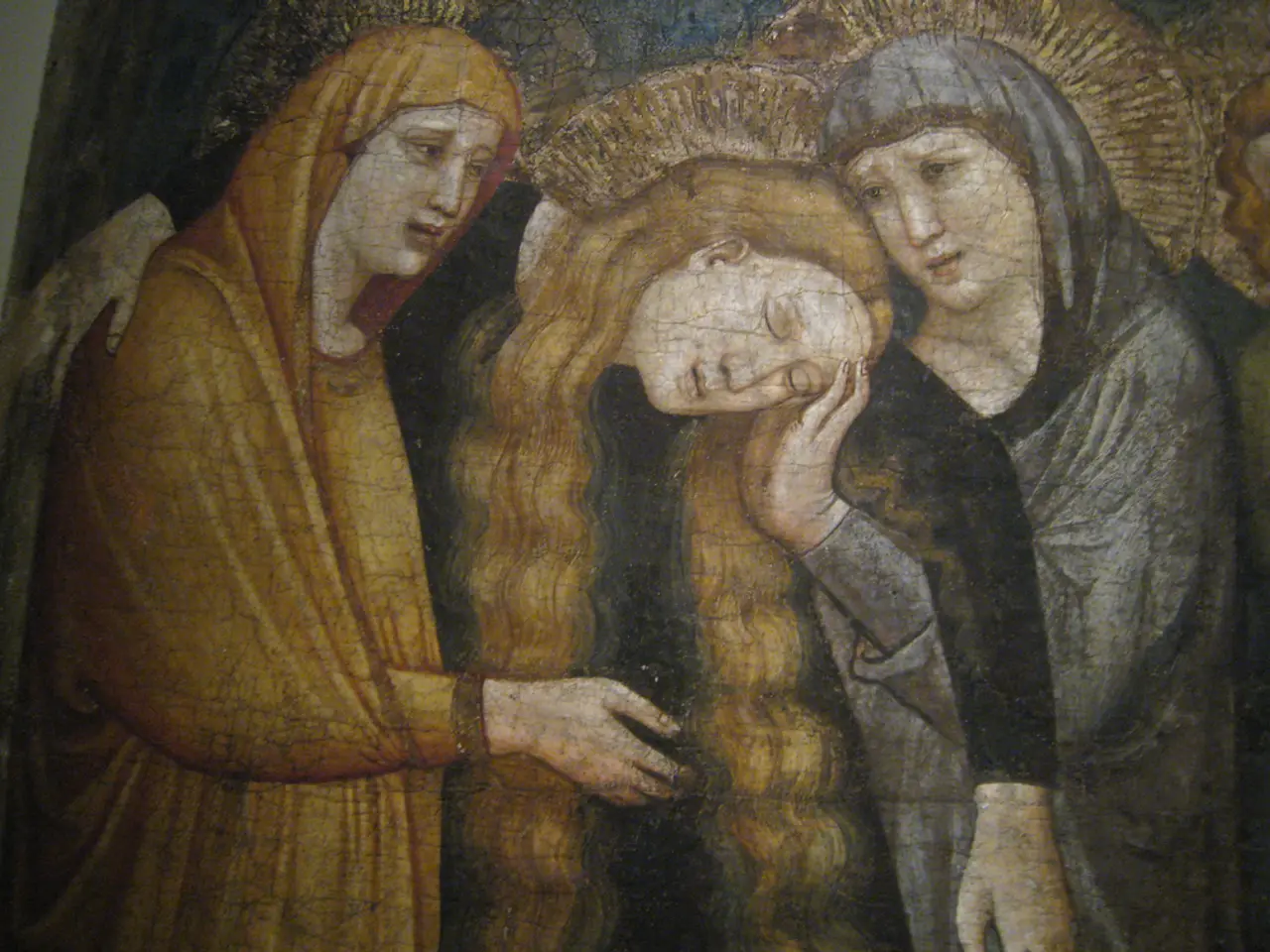Octopus embraces artistic endeavors: a unique exploration
In a unique exploration of humanity's connection with nature and animal life, Japanese artist **Shimabuku** has embarked on a series of captivating art projects featuring octopuses. One of his most notable works, "Sculpture for Octopuses: Exploring for Their Favourite Colours," showcases his belief that these intriguing creatures have a preference for smooth, shiny objects, possibly favouring the colour red, based on anecdotes from fishermen.
In 2000, Shimabuku took an extraordinary step by taking an octopus named Akashi on a tour of Tokyo's urban landscape. The artist transported the octopus from the sea to iconic sites such as the Tokyo Tower and Tsukiji fish market, capturing the octopus's reactions, particularly its strong response to seeing other octopuses for sale. This playful engagement was not only a commentary on the consumption of these intelligent creatures but also an opportunity for the octopus to experience travel without the threat of being eaten.
Throughout his career, Shimabuku has focused on projects that engage octopuses in ways that emphasise their curiosity and intelligence, rather than their biological needs. He believes that unlike many animals whose days are mostly about eating or mating, octopuses have 'time to wander and pursue hobbies,' highlighting their depth as creatures and inviting reflection on how humans perceive and relate to non-human life.
Several of Shimabuku's projects are currently on show in the UK in two exhibitions: "More Than Human" at the Design Museum in London and "Sea Inside" at the Sainsbury Centre in Norwich. These exhibitions explore humanity's relationship with nature and animal life, encouraging viewers to rethink the boundaries between species, the meaning of curiosity in animals, and the human responsibility towards other forms of life.
In 2010, Shimabuku launched a new project called "Sculpture for Octopuses: Exploring for Their Favourite Colours." He crafted small glass balls and vessels in various colours for this project, observing octopuses' reactions to these objects. The octopuses were seen playing with, carrying, and rolling the glass objects.
Shimabuku's projects not only document octopuses' reactions to various experiences but also challenge common views of animal behaviour. By giving octopuses art objects to interact with, tailored to their sensory preferences, he invites us to consider these creatures as more than just biological organisms.
In 2024, Shimabuku offered an assortment of glass and ceramic pots to local octopuses for a solo show in Santander, Spain. He dropped the sculptures in the sea as a present for octopuses, later filming their reactions to the objects in a large water tank.
Shimabuku's octopus art combines scientific curiosity, artistic imagination, and ethical inquiry to deepen our understanding of the animal world and inspire more empathetic interactions with it.
[1] Design Museum London (2021). More Than Human. [online] Available at: https://designmuseum.org/exhibitions/more-than-human
[2] Sainsbury Centre for Visual Arts (2021). Sea Inside. [online] Available at: https://www.scva.ac.uk/exhibitions/sea-inside
[4] The Guardian (2021). The artist who gives octopuses art: Shimabuku's playful projects. [online] Available at: https://www.theguardian.com/artanddesign/2021/mar/17/the-artist-who-gives-octopuses-art-shimabukus-playful-projects
- Shimabuku's art projects, such as "Sculpture for Octopuses: Exploring for Their Favourite Colours," offer an intersection of arts, science, and lifestyle, demonstrating the artist's conviction that these cephalopods may exhibit a preference for specific colors, challenging our perceptions of animal behavior.
- The exhibit "More Than Human" at the Design Museum in London and "Sea Inside" at the Sainsbury Centre in Norwich, showcasing Shimabuku's work, highlight the connection between technology, entertainment, and human responsibility towards non-human life, encouraging viewers to reconsider the boundaries between species and the meaning of curiosity in animals.
- Beyond documenting octopuses' responses to various experiences, Shimabuku's art ventures, including his solo show in Santander, Spain, engage these intelligent creatures with handcrafted glass and ceramic pots, thus inviting us to see octopuses not just as biological organisms but as subjects capable of appreciation for style and color.




